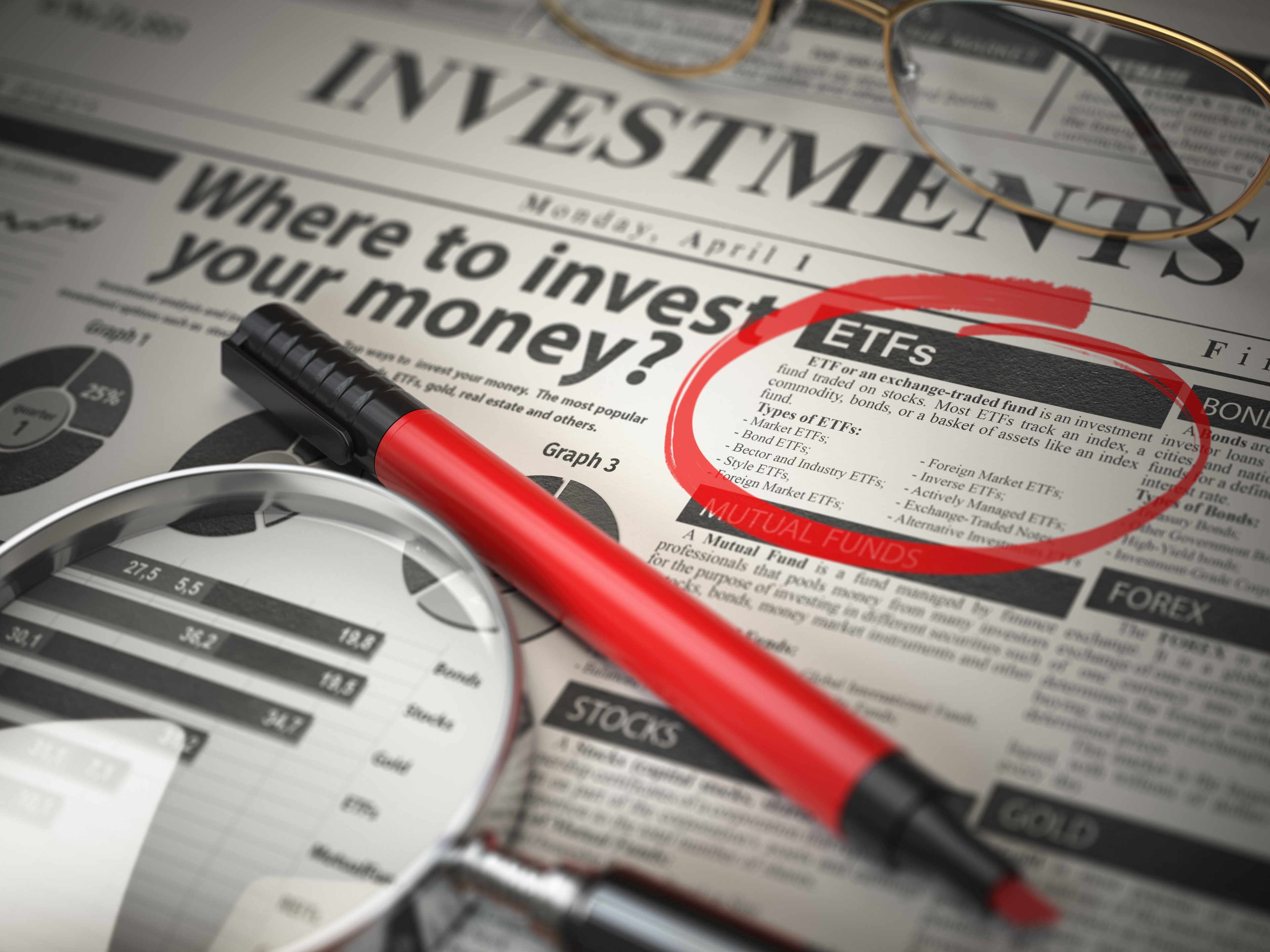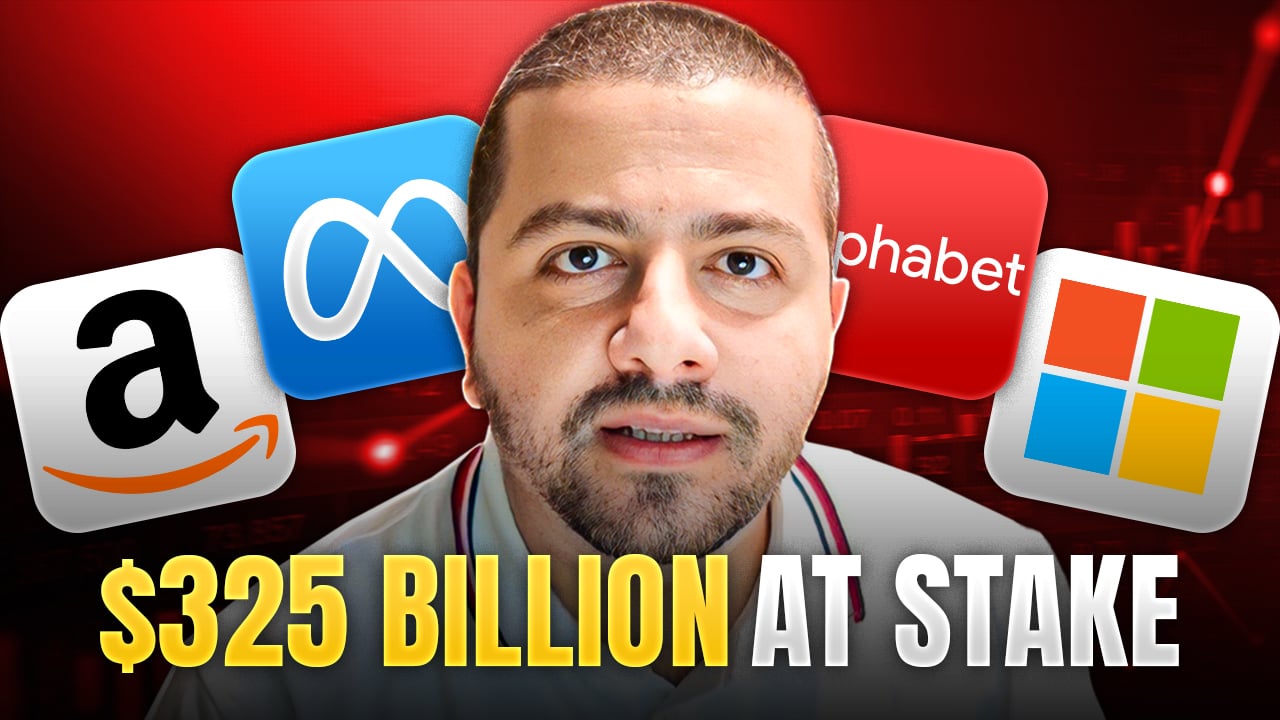
Twitter's "buy" button could give visitors access to exclusive deals ... if they register. Source: Twitter
On Monday, Twitter (TWTR +0.00%) officially began testing a "buy" button that brands and merchants can embed in tweets to allow users to purchase products with just a couple clicks. This comes after rumors this summer that the social network was experimenting with social commerce and follows Facebook's (FB 1.16%) announcement that it was testing a similar feature.
In the near term, Twitter doesn't expect commerce to be a revenue generator, as it's simply an experiment. And while it could ultimately add revenue to the picture in the future, its greatest potential is to increase Twitter's registered user base.
Twitter's audience is bigger than it lets on
On the company's second-quarter conference call, CEO Dick Costolo mentioned that registered users actually account for a minority of Twitter's total audience. "There are hundreds of millions of additional unique visitors who come to Twitter every month, but don't log in," Costolo told analysts. "When you consider the combination of monthly active users and unique visitors, the size of our audience on our owned and operated properties is two to three times that of just our monthly active user base."
This is a problem Facebook has largely avoided by putting many of its features behind a registration wall. A user must register, and in some cases take another action -- follow, friend, etc. -- to get to the content he or she is after.

Facebook started testing a "buy" button in July. Source: Facebook
If Twitter's audience really is three times the size of its registered user base, the social network is much closer to where Facebook was at this point in its life. Twitter reported 271 million monthly active users last quarter. An audience of 813 million (three times 271 million) is relatively close to the 955 million active users Facebook reported in the second quarter of 2012. (Facebook is a little more than two years older than Twitter.)
Facebook's user base has grown 36% since then, or 16.7% annualized. Twitter hopes it can outpace that growth. In the first half of the year, active users were up about 25%, and new features coupled with the buy button could help accelerate that rate.
Converting visitors into users into customers
Considering that Twitter is already attracting a huge audience (compared to its active user count), the buy button might be just what it needs to convert unique visitors into users.
A unique visitor could be the kind of person who comes to view information about the latest product releases -- like what people are saying about them. If a user expresses interest in a brand that has partnered with Twitter to use the buy button, it could be an easy way to bring that person inside the social network. For example, a brand might use Twitter to run a flash sale exclusive to the platform. In order to get the deal, a user must be registered.
Additionally, Twitter could integrate the buy button into its curated timelines. This summer, Twitter had a winner with its World Cup timeline, which featured news about the tournament and each specific match. Twitter is now doing the same thing for the NFL, and it's a product that extends to almost any big event.
The problem is the World Cup experiment only had a meaningful impact on engagement, not registered users. If Twitter places tweets with a buy button in these curated timelines -- like an Antonio Brown jersey so you too can kick Browns punters in the face -- it can easily convert visitors into registered users when they sign up to pay for advertised merchandise.
Twitter could be better than Facebook at social commerce
As mentioned, Facebook is testing a buy button as well, but Twitter can offer a different commerce experience.
Twitter is about up-to-the-minute real-time information (and a lot of hyphenated buzzwords), so things like flash sales or second-screen advertisements lend themselves well to its service. Imagine seeing a television commercial for a product, and then seeing that product pop up in the timeline you're following about the TV show you're watching, with an option to buy it. Sounds effective, right?
Meanwhile, Facebook seems to aim for more of a shopping experience with its buy button. It knows a lot more about your interests than Twitter, so it can target these advertisements better, but it's missing the impulse purchase factor that Twitter has the potential to provide. As a result, Twitter stands to convert a lot of its visitors into registered users.






